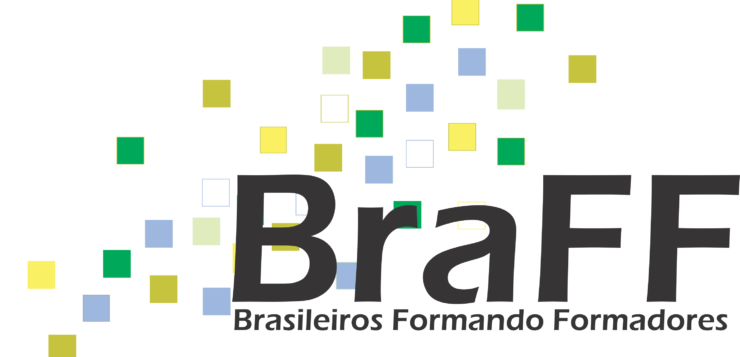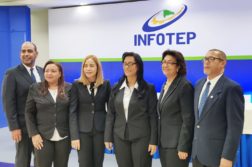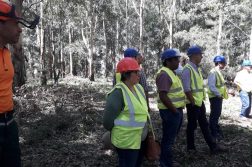Hauska tutustua! I was invited by Dr. Essi Ryymin to draw a few lines about the latest project involving HAMK’s Global Education -team and the Brazilian government through its federal network of vocational education. This initiative is called Finnish Teacher Trainer Diploma Programme (FiTT) and it was a spin-off of the previous training programme called The VET Teachers For The Future – Professores Para O Futuro. The goal of the FiTT was to create professional teacher education programme for the federal network of Brazil in co-operation with HAMK and TAMK Universities of Applied Sciences.
The VET-teachers For The Future -programme started in 2014 and in this training model Brazilian teachers stay at first phase, several months in Finland, and then the programme continues in Brazilian learning environment. I participated into the third study cohort in 2016. We all have heard about the achievements of Finland, a small Nordic country, in education. Why is it so successful? In what it differs from Brazilian education? What happens here that we can also use in Brazil? What do these countries have in common? I obviously don’t have definite answers to those questions but will share some thoughts about it.
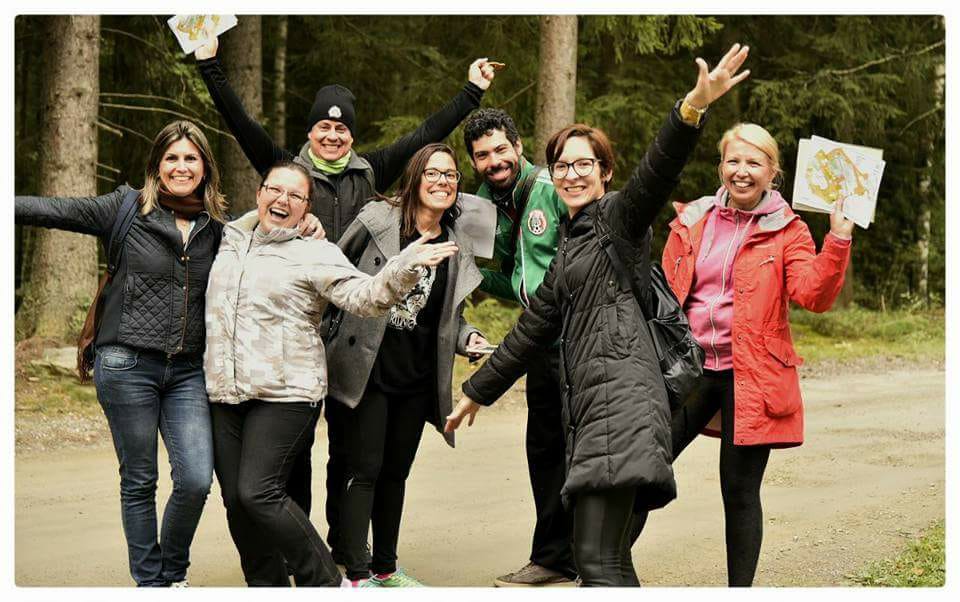
One resemblance I found between our two countries was the warmth. Really! The Finnish teachers received us so well and staff was always trying to make us comfortable. We realized that the student centered learning approach is not restricted to the school premises. It is built in everyday actions before, during, and after classes. It is a permanent and evergrowing process. By getting into Finnish culture I learned the value of trust inside the education process. Trusting the students’ capacity of learning is sometimes hard for teachers who might end up thinking that they are not needed anymore. But the changing role of the teacher from authority to facilitator is crucial to a new paradigm of education.
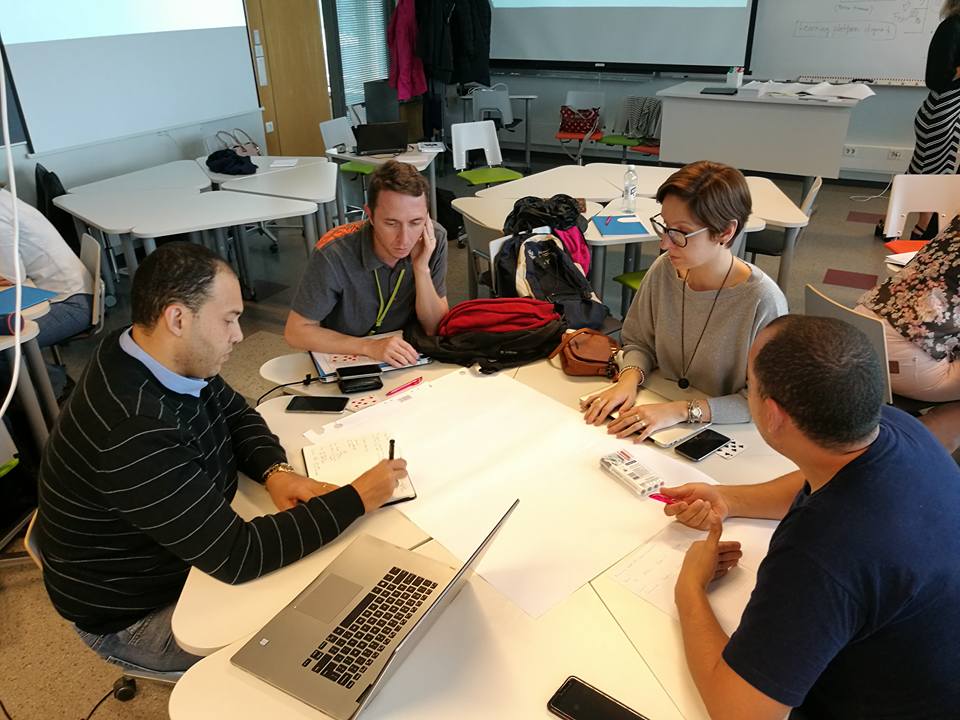
The FiTT programme took four intense weeks of work in last August 2017. Our mission was to create a course to multiply the principles of Finnish teacher education and further develop them for Brazil, especially among the federal network of education. 20 teachers from the previous The VET Teachers for The Future -programme were selected to accept this challenge and immerse into Finland, its people, its way of teaching and learning, and create a network of teacher educators.

The programme was hosted by Häme and Tampere Universities of Applied Sciences (HAMK and TAMK) and we stayed our first two weeks in Tampere. During this period we began building the FiTT team. Not only a group of committed teacher educators, but a community that was converging to the same goal. By that time I was amazed with how skilful, competent and creative my Brazilian colleagues in this group were. This pushed me towards innovative way of thinking the structure of our course and made me feel secure and assertive that we would have a great training product at the end.
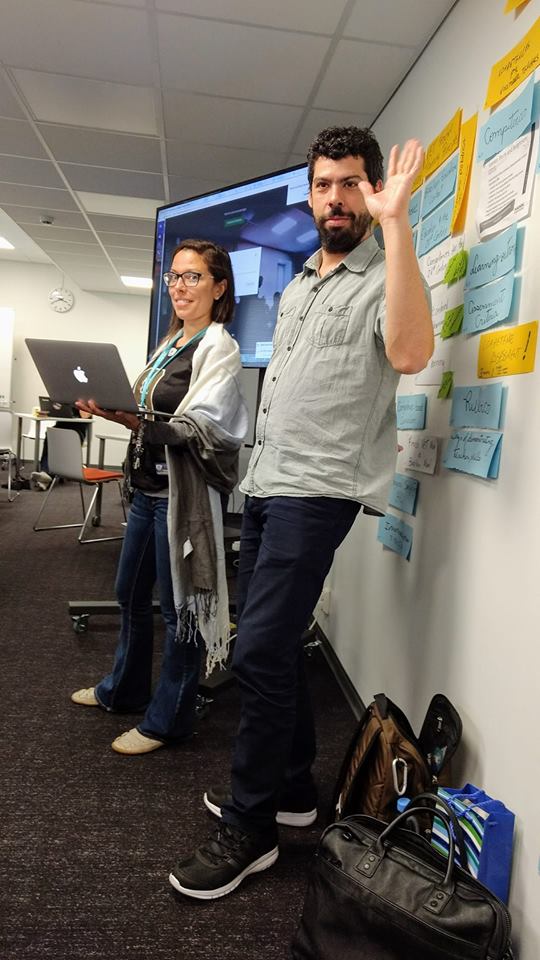
By the end of the second week we reached one consensus: the course could not be traditional, we had to inspire our Brazilian teachers the way we were inspired by Finnish teacher educators. We created our learning objectives, and the competences we wanted our teachers to achieve, the answer to our “What”. But a fundamental question was still lacking: “How?”And we had to move as at the third week we began our routine in Hämeenlinna. Moving always brings something new and requests rearrangements. We started to feel that time was running out. We did not had the answer to how we would implement our course.
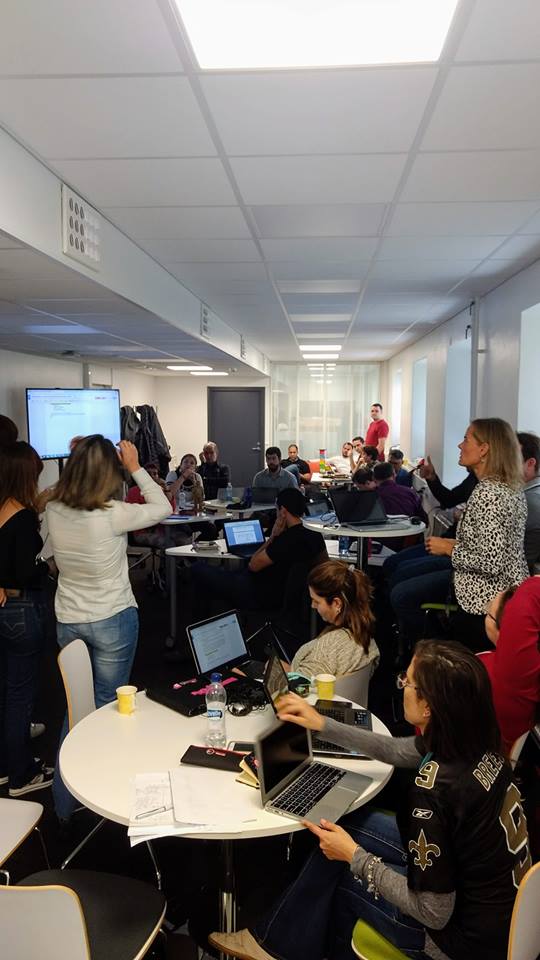
Tension grew inside us and we forgot one of the principles of Finnish education: effective learning happens at the students pace. We had to trust in the process for the results to appear. The Finnish facilitators guided us and trusted in us and in the outcome of our work. Within the end of the third week we were reaching our peak point in the course: work teams assembled; tasks delegated, a path to follow was created. We created a visualization of the VET guidelines (Figure 1) to support the planning. We decided that we would deliver two main training programmes: one addressing managers, government and other official representatives, and another targeting our teachers, Brasileiros Formando Formadores (BraFF). For the later one we created a competency-based curriculum “out of the box”!
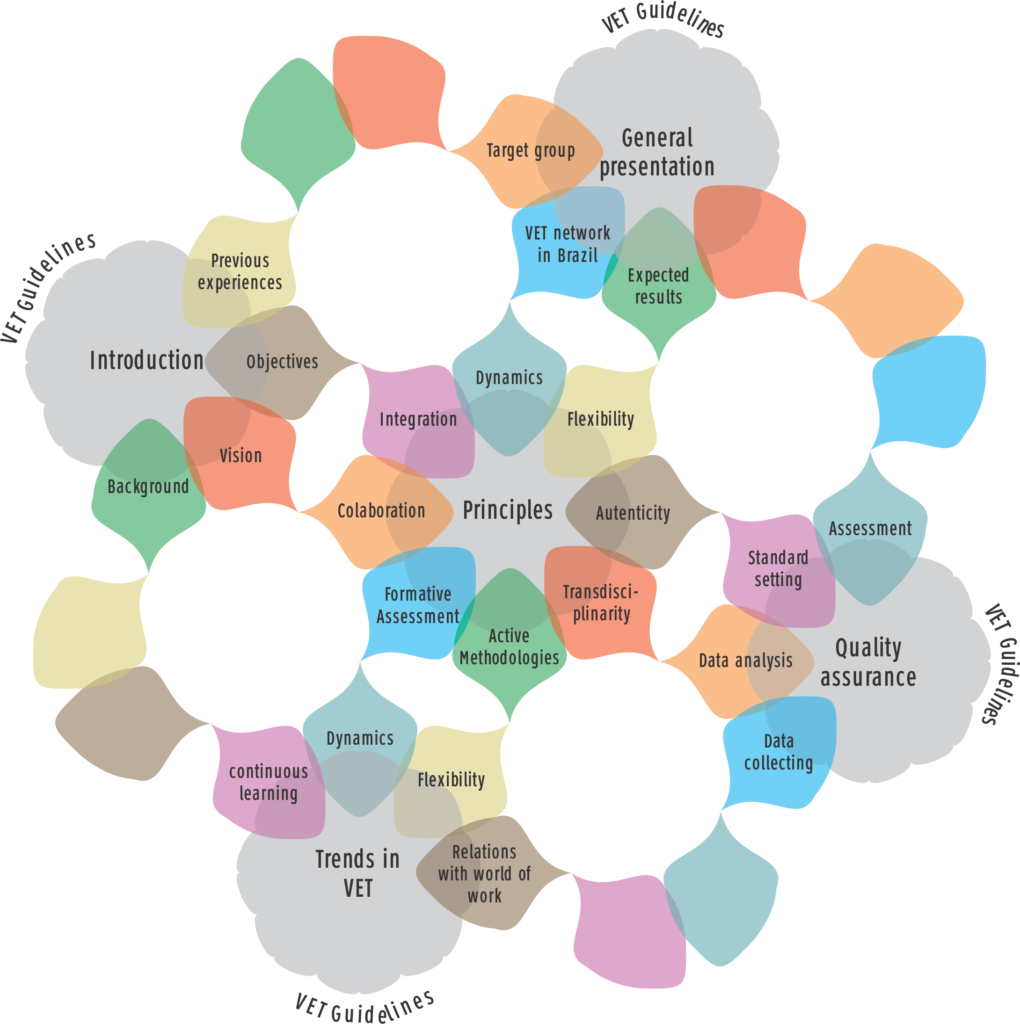

The fourth and last week was of hard work and we were preparing to show the results we achieved to our Finnish teacher educators and staff. Once more innovation was the keyword and we emphasized that learning is a multisensorial experience. This concept shows its power when we identify the need of an inclusive education for all.
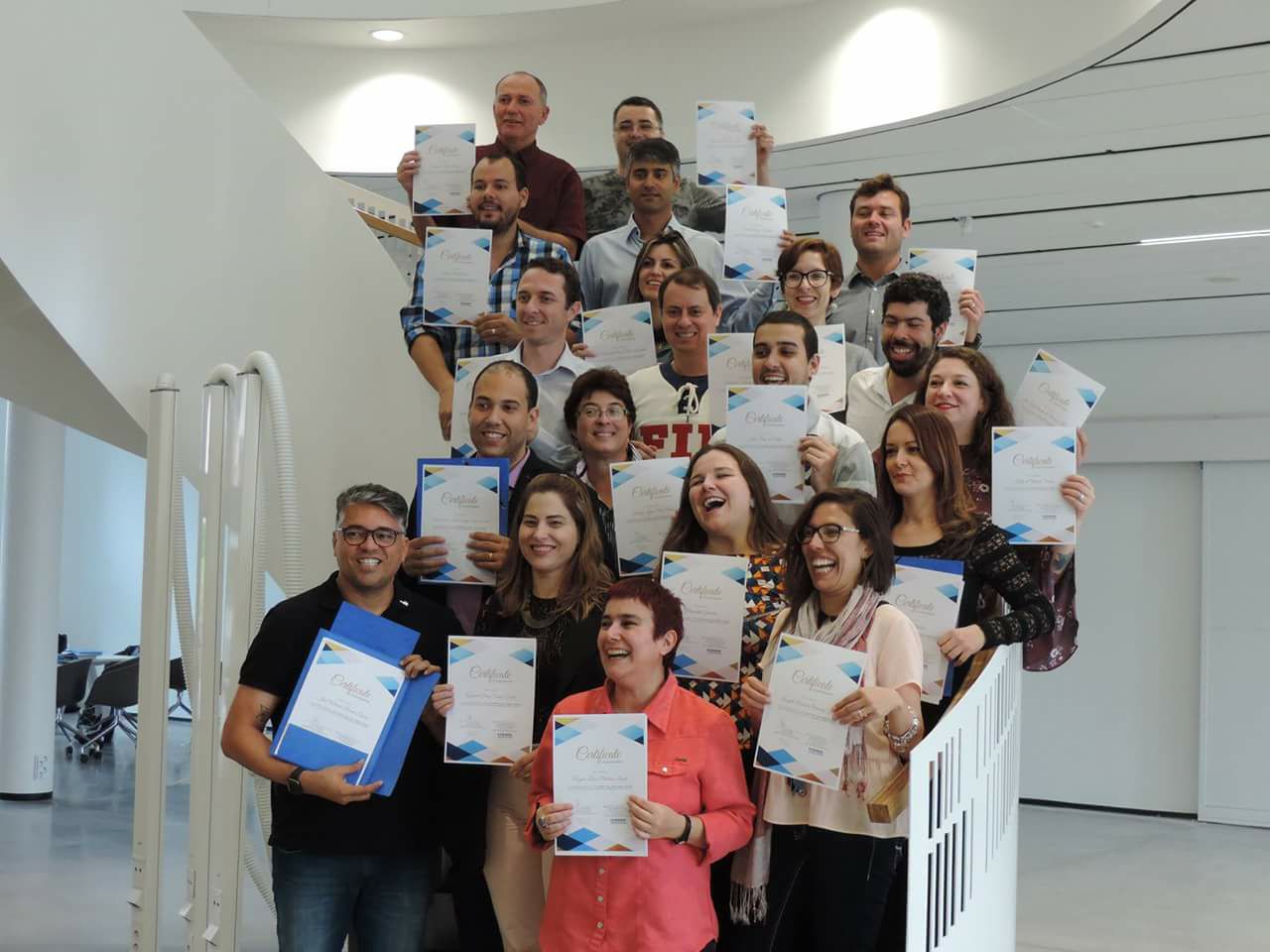
Being in Brazil for two months after this unique project reinforces my belief that we can create a great environment for learning here. We do not have schools that look like museums and cutting edge architectural buildings from the outside, neither we can think of abolishing notebooks and pencils, but we can improve our practices if we change our mindset as teachers. If we embrace the idea that learning is the most, and basically, passion-based (a new definitive for PBL!), and that in the core of the learning process is a student, and that collaboration inside the learning community is in the essence, we’ll be ready to make further and solid steps in Brazilian education. The FiTT programme was all about it.
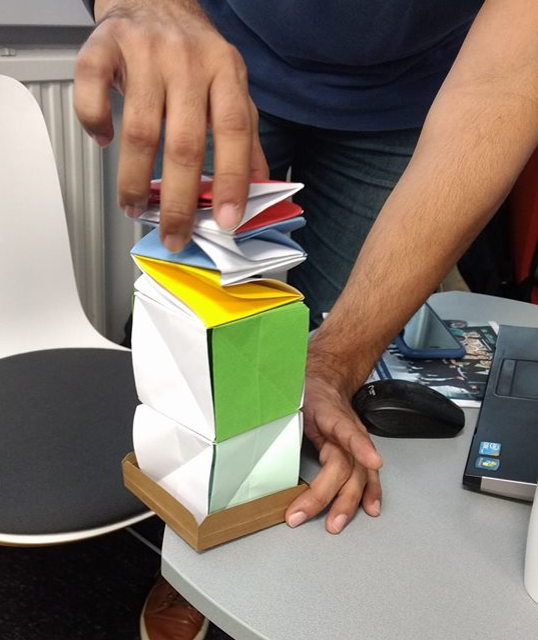
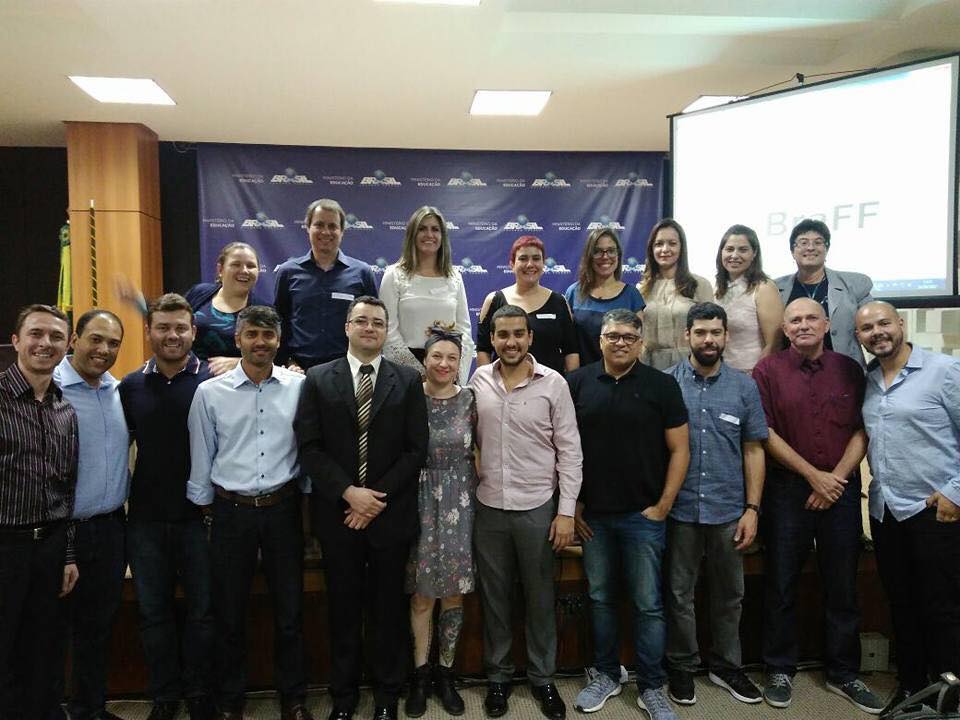
See the video of the Curriculum Out of the Box – Currículo Fora da Caixa Legendado made by FiTT programme participants!
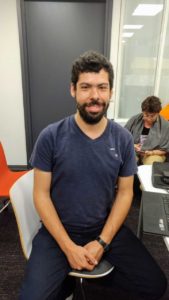
José Luiz Amado
M.Sc. (Geography), Professional Teacher
Instituto Federal Fluminense, Brazil

